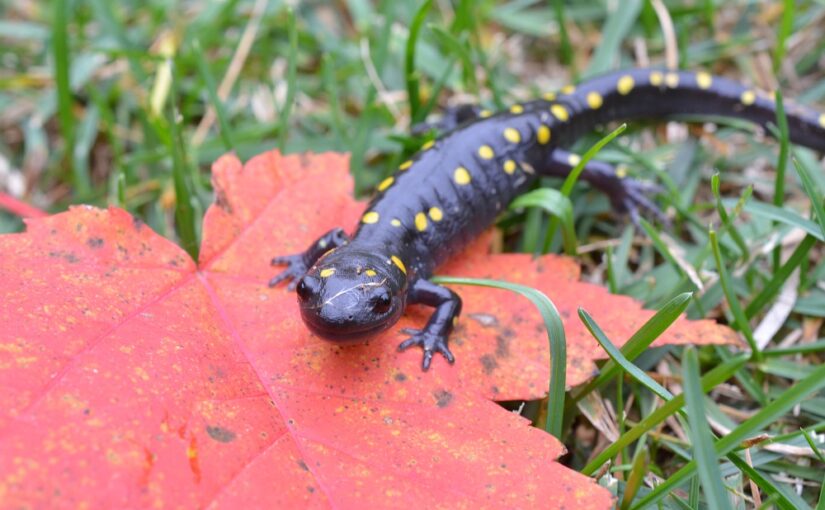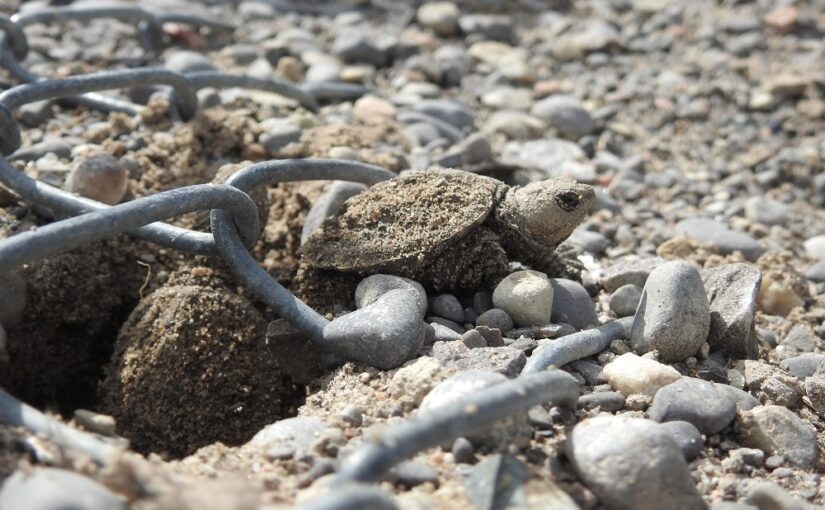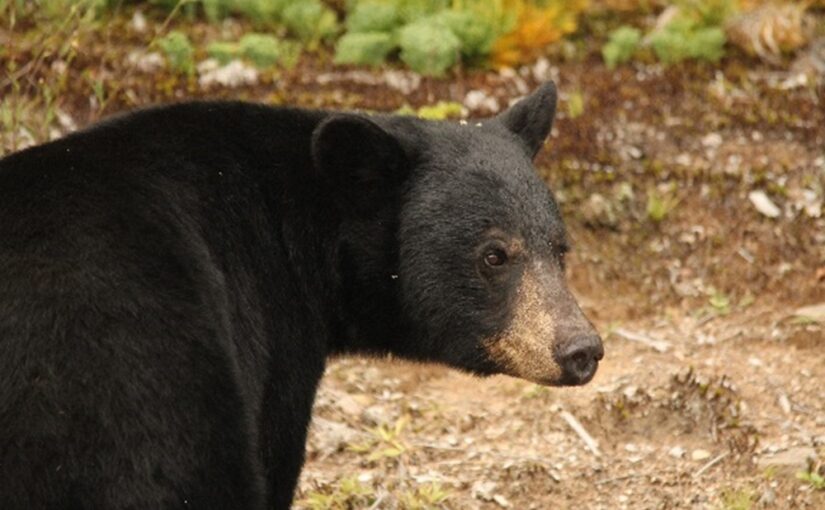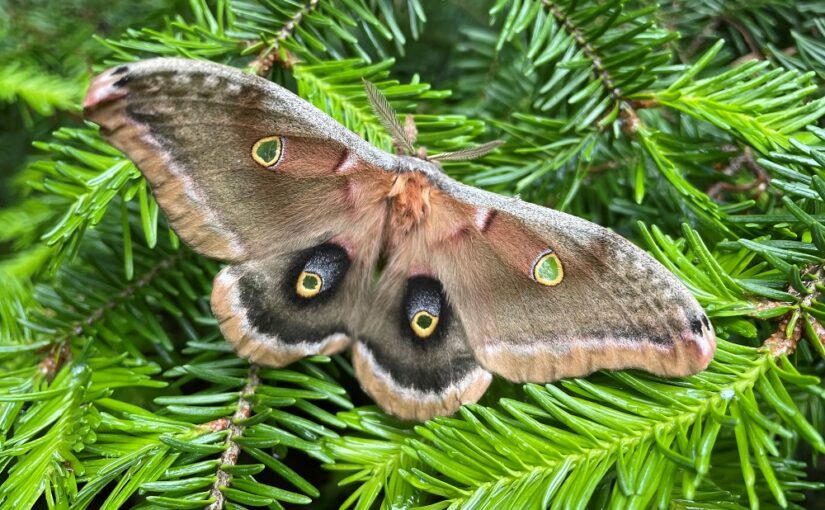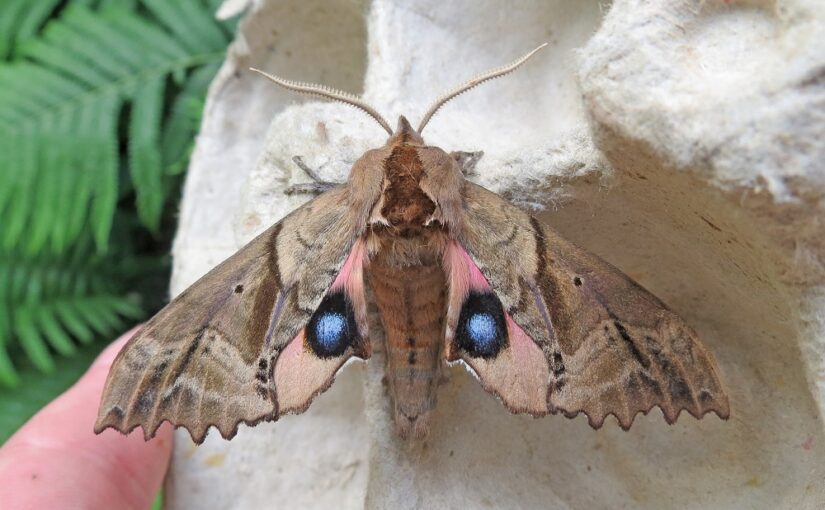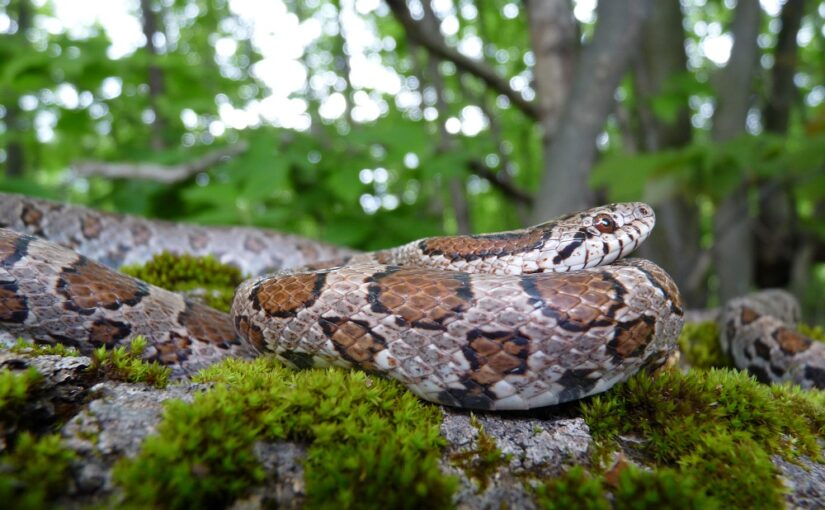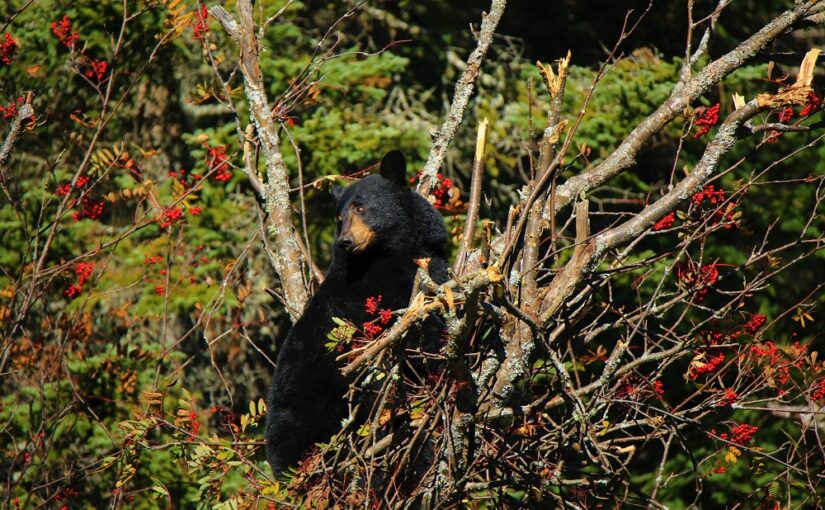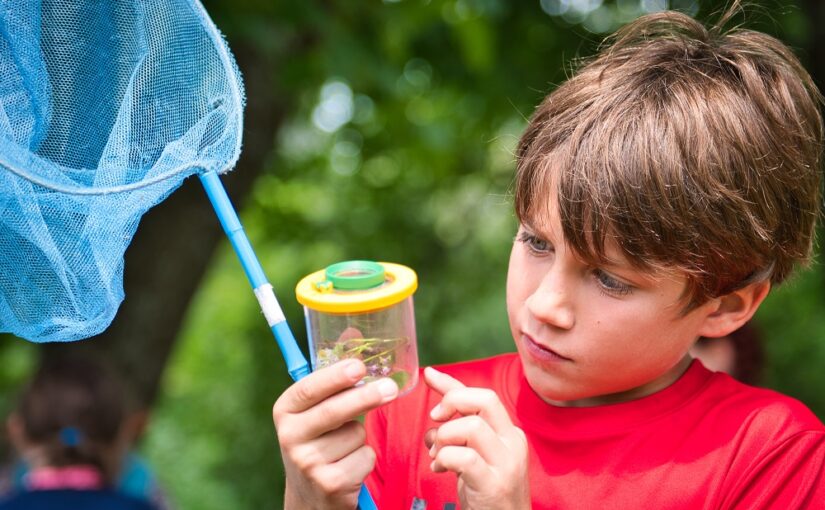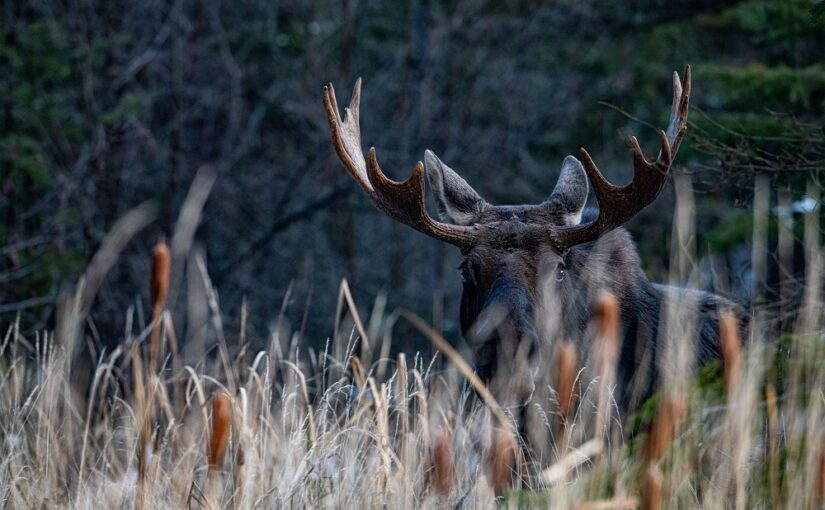Today’s post comes from Jazmin Gall, park naturalist at Samuel de Champlain Provincial Park.
As park staff, one of our favorite questions to get from visitors is, “Where do insert various wildlife names live within the park?”
We love visitors who are as excited as we are about wildlife and we’re more than happy to share the knowledge we’ve gained!
In today’s blog, we’re going to teach you about the somewhat secret sites that salamanders like to call home.
